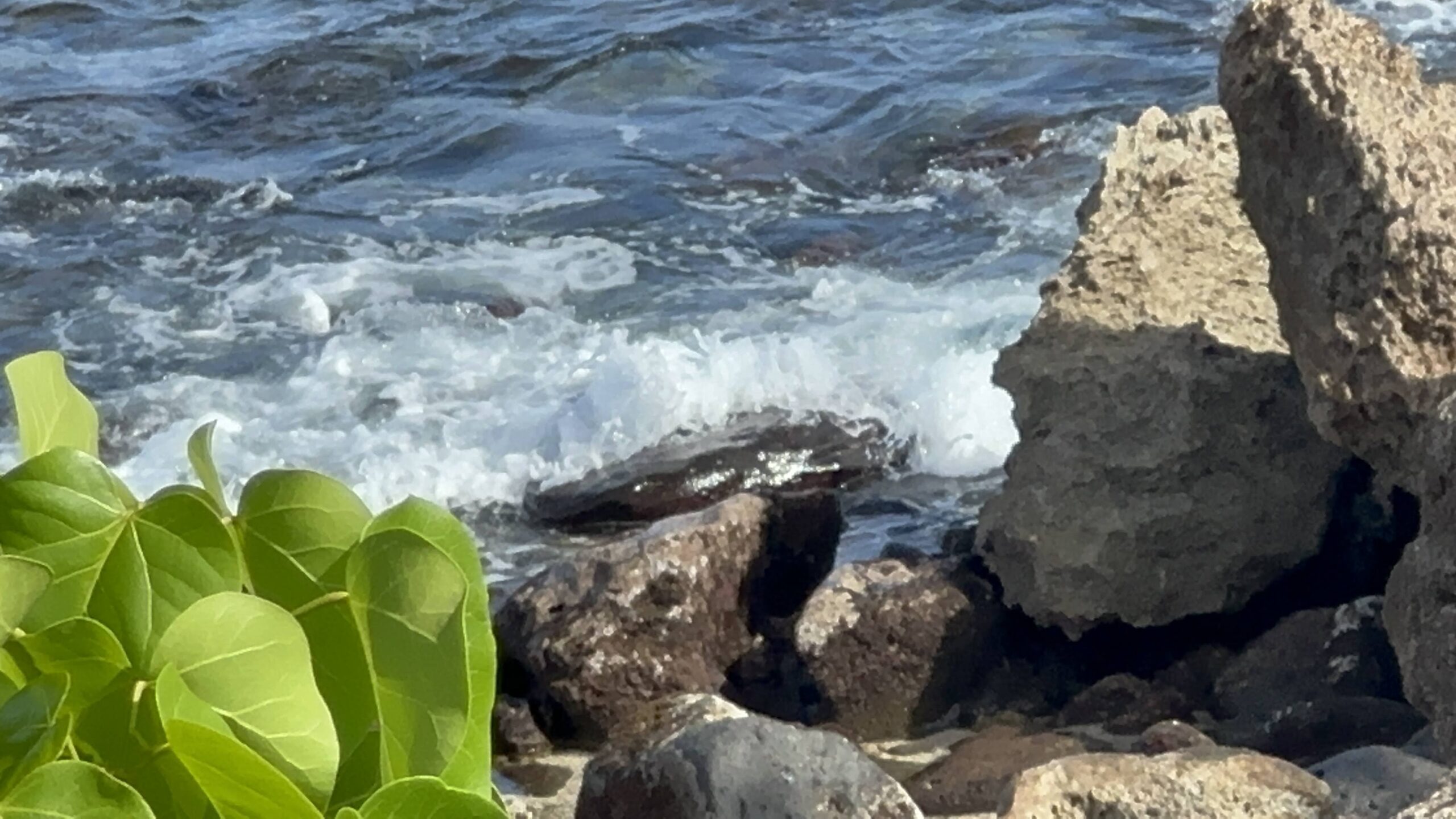Suicide Awareness
Talking about suicide with someone who is struggling can be difficult, but it can also be incredibly helpful. It starts with asking if they are thinking about suicide.
By having an open and honest conversation, you can learn more about what is really going on with them and how you can support them.
The best thing you can do is be there to listen and offer support.
If you feel uncomfortable having this conversation, it's important to find someone who can.
Family support is the best protective action you can take during these tough times.
Remember, you don't have to have all the answers, but just being present and listening can make a huge difference.
Let's listen to our New Zealand families, provided by the LeVa Team of experts. Teens share their input about how to talk to teens who are struggling with suicidal thoughts. Watch the video below.
What are Risk Factors?
Suicide has many different parts that cannot be connected to a single cause.
Risk factors are situations or problems that can increase the possibility that a person will attempt suicide.
It is important to understand that suicide is preventable and seeking help can make a difference.
If you or someone you know is struggling, don't wait to find professional help.
Risk factors can range from mental health problems, substance abuse, financial difficulties, relationship problems, and social isolation.
Conditions that Increase Suicide Risk
Individual Risk Factors
These personal factors contribute to risk:
- Previous suicide attempt
- History of depression and other mental illnesses
- Serious illness such as chronic pain
- Criminal/legal problems
- Job/financial problems or loss
- Impulsive or aggressive tendencies
- Substance use
- Current or prior history of adverse childhood experiences
- Sense of hopelessness
- Violence victimization and/or perpetration
Relationship Risk Factors
These harmful or hurtful experiences within relationships contribute to risk:
- Bullying
- Family/loved one’s history of suicide
- Loss of relationships
- High conflict or violent relationships
- Social isolation
Community Risk Factors
These challenging issues within a person’s community contribute to risk:
- Lack of access to healthcare
- Suicide cluster in the community
- Stress of acculturation
- Community violence
- Historical trauma
- Discrimination
Societal Risk Factors
These cultural and environmental factors within the larger society contribute to risk:
- Stigma associated with help-seeking and mental illness
- Easy access to lethal means of suicide among people at risk
- Unsafe media portrayals of suicide
Additional Risk Factors Affecting Pacific Islanders
- Family conflicts
- Being female
- Household food insecurity
- Low levels of family. connections and family monitoring
- Mood and anxiety disorders
- Alcohol and drug abuse
- Life dissatisfaction
- Having a religious affiliation
- Previous suicide by a family member or friend
- Acculturation
- Discrimination
- Low academic achievement
- Mental health services and use
- A "triggering event" connected to high levels of family conflict, such as witnessing family violence or experiencing low levels of family support.
(www.cdc.gov; www.leva.org; www.sprc.org)
What are Protective Factors?
Everyone can help prevent suicide. We can take action in communities and as a society to support people and help protect them from suicidal thoughts and behavior.
Many factors can reduce risk for suicide. Similar to risk factors, a range of factors at the individual, relationship, community, and societal levels can protect people from suicide.
Conditions that Protect Against Suicide Risk
Individual Protective Factors
These personal factors protect against suicide risk:
- Effective coping and problem-solving skill
- Reasons for living (for example, family, friends, pets, etc.)
- Strong sense of cultural identity
Relationship Protective Factors
These healthy relationship experiences protect against suicide risk:
- Support from partners, friends, and family
- Feeling connected to others
Community Protective Factors
These supportive community experiences protect against suicide risk:
- Feeling connected to school, community, and other social institutions
- Availability of consistent and high quality physical and behavioral healthcare
Societal Protective Factors:
These cultural and environmental factors within the larger society protect against suicide risk:
- Reduced access to lethal means of suicide among people at risk
- Cultural, religious, or moral objections to suicide
Significant Protective Factors Affecting Pacific Islanders
- Effective mental health care
- Connect with individuals, family, community, and social institutions
- Stronger cultural identification to strengthen wellbeing
- Strong family relationships
- Open meaningful communication within safe spaces
- Talking to process thoughts and feelings and to ask for help
- Seeking help with our own healers
- Problem-solving skills
- Contacts with caregivers
- Spirituality through a supreme being, faith in God, and strength in your journey of life
(www.cdc.org; www.leva.org; www.sprc.org)
Stronger Families Matter
A healthy relationship with your family/aiga is very important for physical and mental wellbeing and resiliency, especially for young people.
When we have reliable, consistent family routines and positive emotional connections with at least one person in the family, it can provide a sense of security and support that can help us navigate life's challenges.
Having a reliable and consistent family routine is crucial to our emotional well-being. It helps us establish a sense of security and support, especially during challenging times.
By having a positive emotional connection with at least one family member you can make a significant difference in how navigate life's challenges can be lead to better results.
Parents, siblings, or extended family members, working towards a strong support system can make all the difference in our mental and emotional health.
Cherish your family relationships. Reflect on ways to maintain and strengthen them. Your efforts are always worth your energy and sacrifice.
Let us prioritize our family relationships and build routines that strengthen our familial bonds.
Watch this incredible video below about a Samoan man who survived suicide and the many lessons he learned.
